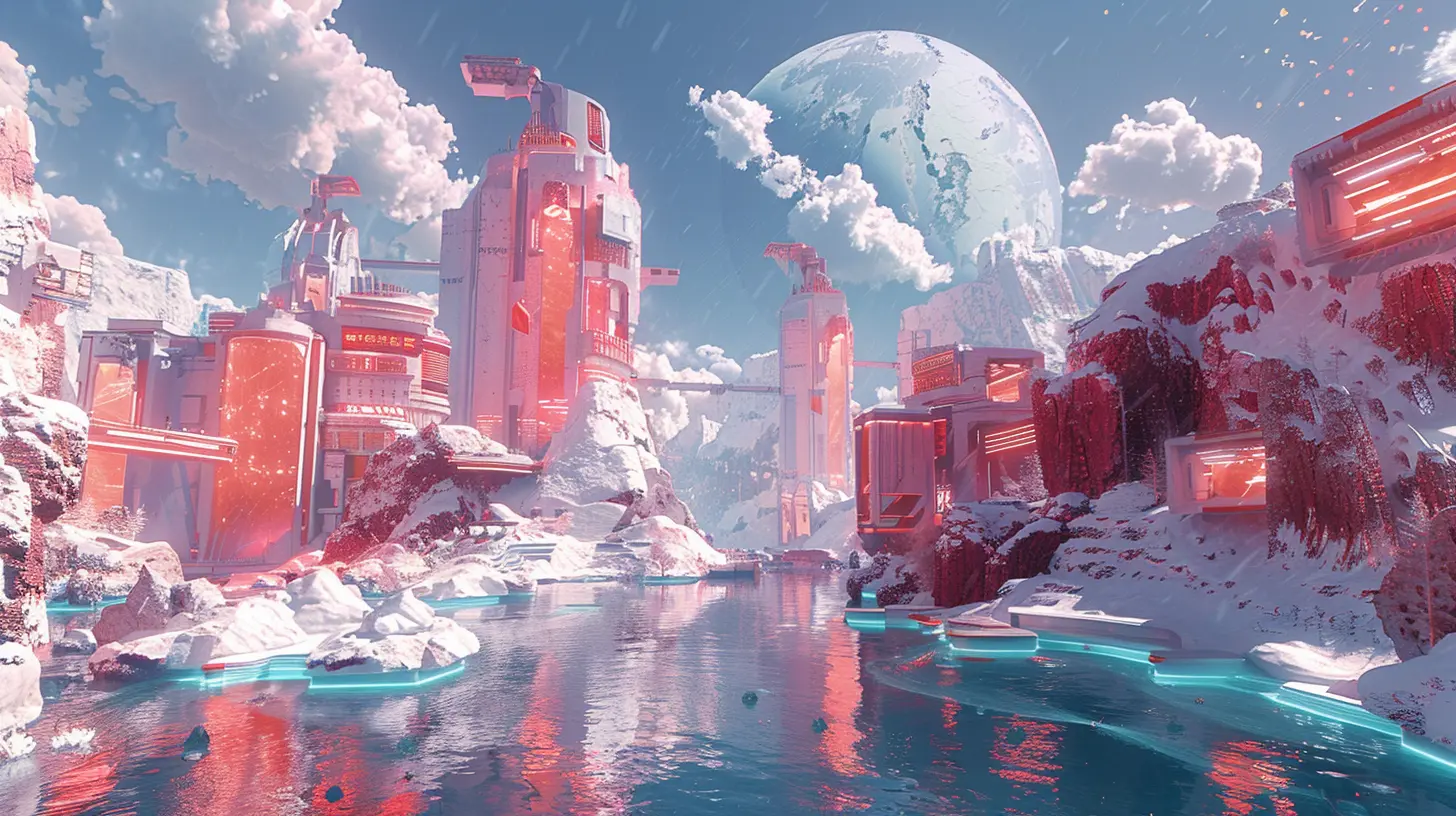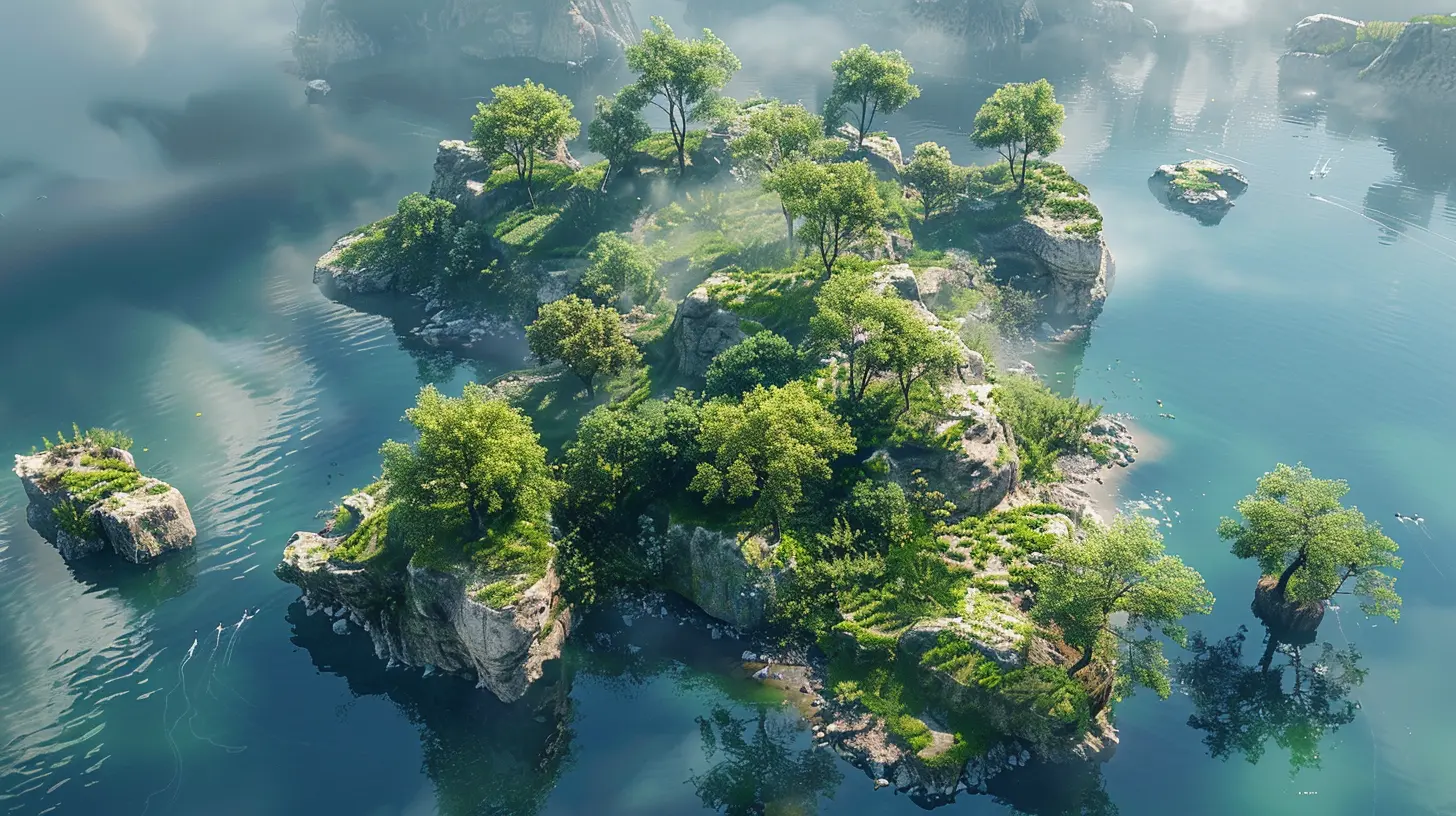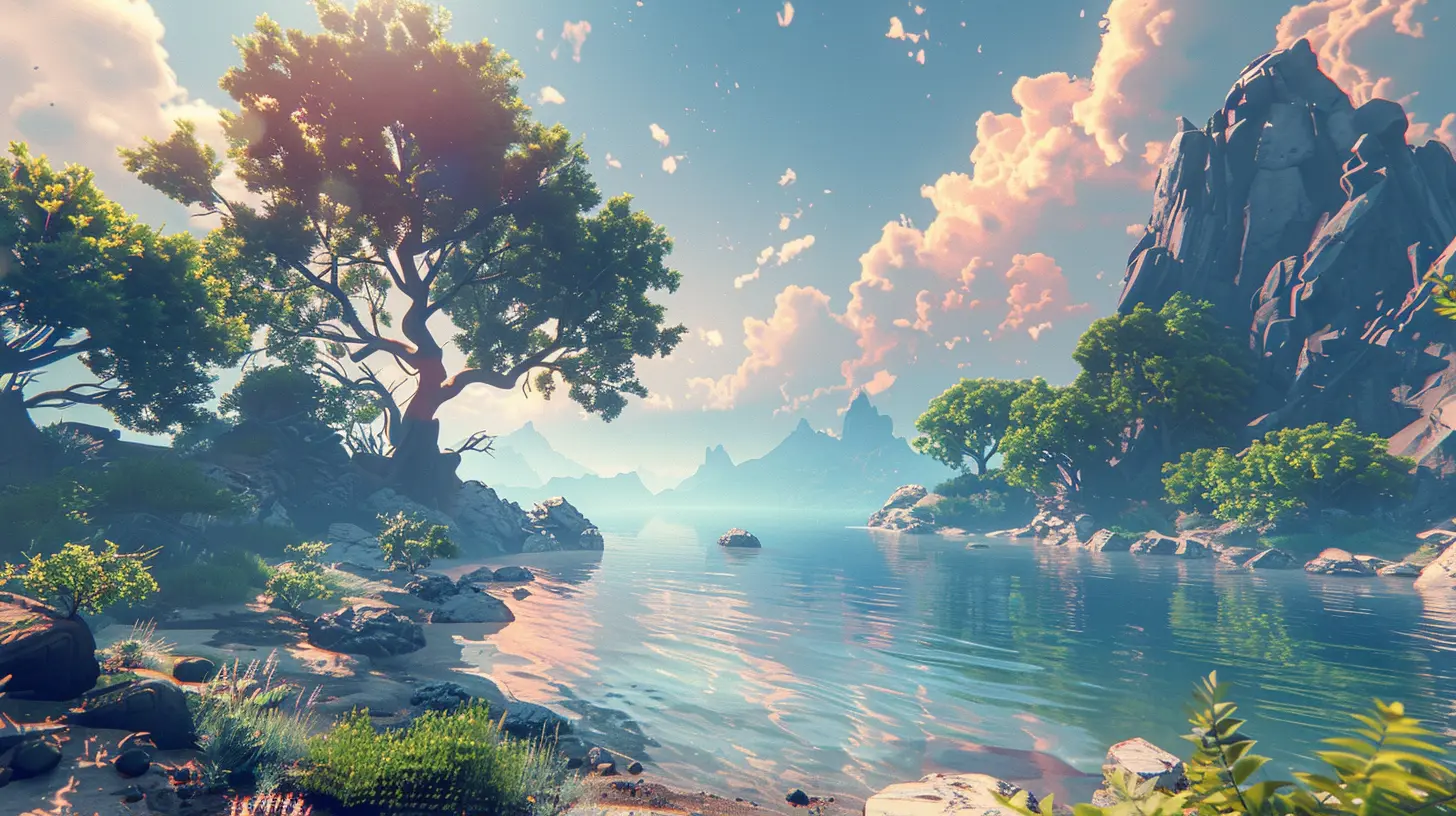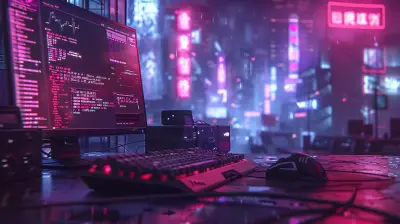Exploring Procedural Generation in Modern Game Design
4 October 2025
Imagine stepping into a video game world where every turn, every hill, and every encounter is genuinely unique. No two players share the same experience, and even revisiting the same environment feels fresh and exciting. That, my friend, is the magic of procedural generation, a game design technique that has revolutionized the way developers create digital worlds. But what exactly is procedural generation, and why has it become such a buzzword in gaming? Let’s dive into the mechanics, the magic, and even the challenges behind this groundbreaking design philosophy.
What Is Procedural Generation?
To put it simply, procedural generation is a technique used in game design where content is created algorithmically rather than manually. In other words, instead of game developers handcrafting every nook and cranny of a virtual environment, they write algorithms that churn out content on the fly. Think of it like baking cookies from scratch versus using a cookie-cutter press that spits out unique cookies every time you press down.And while the concept might sound tech-heavy, the idea has been around for decades. Remember the iconic Rogue from 1980? It laid the groundwork for modern roguelikes, games where levels are generated procedurally to ensure no two runs feel the same. But what was once a niche trick has now become a staple in modern gaming.
Why Procedural Generation?
You might be wondering, why go through all that effort? Why not just design levels by hand? Here’s the thing: procedural generation isn’t just about saving time (though that can be a perk). It’s about breaking the boundaries of creativity and scale. Let’s unpack this:1. Infinite Replayability
Procedural generation keeps things fresh. Players are less likely to get bored because environments, challenges, and even story elements can change dramatically from playthrough to playthrough. A great example is No Man’s Sky, which boasts over 18 quintillion procedurally generated planets. That’s right—quintillion. You could spend your entire life exploring and still barely scratch the surface.
2. Scalability
Designing expansive worlds manually is a monumental task. But with procedural algorithms, developers can create massive environments that feel rich and complex without spending decades on level design.
3. Creative Problem Solving
For indie developers with limited resources, procedural generation is a game-changer. It allows small teams to create vast, engaging experiences without needing Hollywood-level budgets. Games like Spelunky or Hades are shining examples of how procedural techniques can punch way above their weight.
4. Dynamic Storytelling
Procedural generation isn’t limited to terrain and enemies—it can also be used for crafting stories. Dwarf Fortress, for instance, procedurally generates entire civilizations, histories, and cultures. It’s like uncovering a living, breathing world that evolves as you play.
How Does Procedural Generation Work?
Alright, let’s get a bit technical—but not too much, I promise! At its core, procedural generation relies on algorithms and randomization. But don’t confuse "random" with "chaotic." Developers don’t just throw a dice and hope for the best. Instead, they use controlled randomness, often combined with rules or parameters, to ensure the output feels designed rather than haphazard.Key Techniques in Procedural Generation
1. Perlin NoiseThis is like the secret sauce for creating natural-looking terrains. Games like Minecraft use Perlin Noise to sculpt sprawling hills, valleys, and caves that feel organic.
2. Tile-Based Generation
Ever noticed how levels in games like Spelunky seem randomly assembled, yet somehow cohesive? That’s tile-based generation at work. Developers pre-design small “chunks” or tiles and then stitch them together in random patterns.
3. L-Systems
If you’ve ever traversed a beautifully twisted forest in a video game, there’s a good chance L-Systems were used. This technique mimics the way trees and plants grow naturally, making vegetation look believable.
4. AI-Driven Generation
Yep, AI is stepping into procedural generation too. Modern algorithms analyze player behavior to create experiences tailored to their playstyle. It’s like the game is learning about you as you play—not creepy at all, right?
Procedural Generation in Popular Games
If you think procedural generation sounds cool in theory, wait until you hear how it’s been used in practice. Some of the most iconic games owe their magic to this technique. Let’s highlight a few:Minecraft
Ah, the sandbox game of endless possibilities. Minecraft uses procedural generation to create sprawling worlds filled with mountains, caves, forests, and more—perfect for mining, building, and surviving. And because every new world is unique, no two players have the same experience.No Man’s Sky
This ambitious space exploration game took procedural generation to astronomical levels (literally). Its algorithm creates planets, ecosystems, and even alien species on the fly. While its rocky launch was infamous, the game has since redeemed itself, with players now marveling at its stunning, procedurally generated universe.The Binding of Isaac
Roguelikes owe a lot to procedural generation, and The Binding of Isaac is a prime example. Each dungeon run feels unique, with randomized room layouts, enemy placements, and loot drops keeping players on their toes.Terraria
At first glance, Terraria seems like a close cousin to Minecraft, but it’s got its own twist on procedural generation. The game’s worlds teem with life, treasure, and secrets, with each playthrough offering something new to uncover.The Challenges of Procedural Generation
Of course, like any tool, procedural generation isn’t perfect. While it offers limitless freedom, it also comes with its own set of headaches for developers.1. Repetition
Ironically, while procedural generation is meant to keep things fresh, poorly designed algorithms can lead to repetitive patterns. The dream of infinite variety can quickly turn into déjà vu.
2. Lack of Emotional Resonance
Handcrafted levels often carry a personal touch—a carefully placed NPC, a hidden easter egg, a breathtaking vista. Procedurally generated content can sometimes lack that human warmth.
3. Balancing Chaos and Structure
Procedural generation walks a fine line. Too much randomness, and the game feels chaotic. Too many rules, and it risks becoming predictable. Striking the right balance requires skill, patience, and a lot of fine-tuning.
The Future of Procedural Generation
So, what’s next? As technology evolves, procedural generation is only going to get smarter and more sophisticated. With the rise of AI and machine learning, we could soon see games that craft worlds tailored to our individual preferences. Imagine algorithms that “get to know you” as a player and generate content that aligns with your tastes. Creepy? Maybe a little. Cool? Absolutely.Procedural storytelling is also gaining traction. Studios are experimenting with ways to dynamically generate quests, lore, and even character arcs, creating narratives that are as unpredictable as they are immersive. The future of gaming is looking incredibly exciting, and procedural generation is poised to play a starring role.
Wrapping It Up
Procedural generation is nothing short of a marvel in modern game design. It’s a tool that allows developers to dream big, crafting worlds and experiences that feel boundless, dynamic, and endlessly replayable. Sure, it has its quirks, but the potential far outweighs the pitfalls. Whether you’re mining for diamonds in Minecraft, exploring alien horizons in No Man’s Sky, or braving dungeons in Hades, procedural generation is the wizard behind the curtain, working its magic.So next time you find yourself in a game world that feels alive, ever-changing, and brimming with possibilities, take a moment to appreciate the brilliance of the algorithms working tirelessly to bring it all to life. Who knows what wonders procedural generation will bring us in the years to come? For gamers and developers alike, the possibilities are infinite.
all images in this post were generated using AI tools
Category:
Video Game DesignAuthor:

Avril McDowney
Discussion
rate this article
1 comments
Charlie Carey
Great insights on procedural generation! I'm particularly intrigued by its potential to enhance storytelling and player engagement. Looking forward to seeing how developers innovate with these techniques in future games!
October 6, 2025 at 3:34 AM

Avril McDowney
Thank you! I'm excited to see how developers push the boundaries of storytelling and engagement through procedural generation as well. It's an exciting time for game design!


